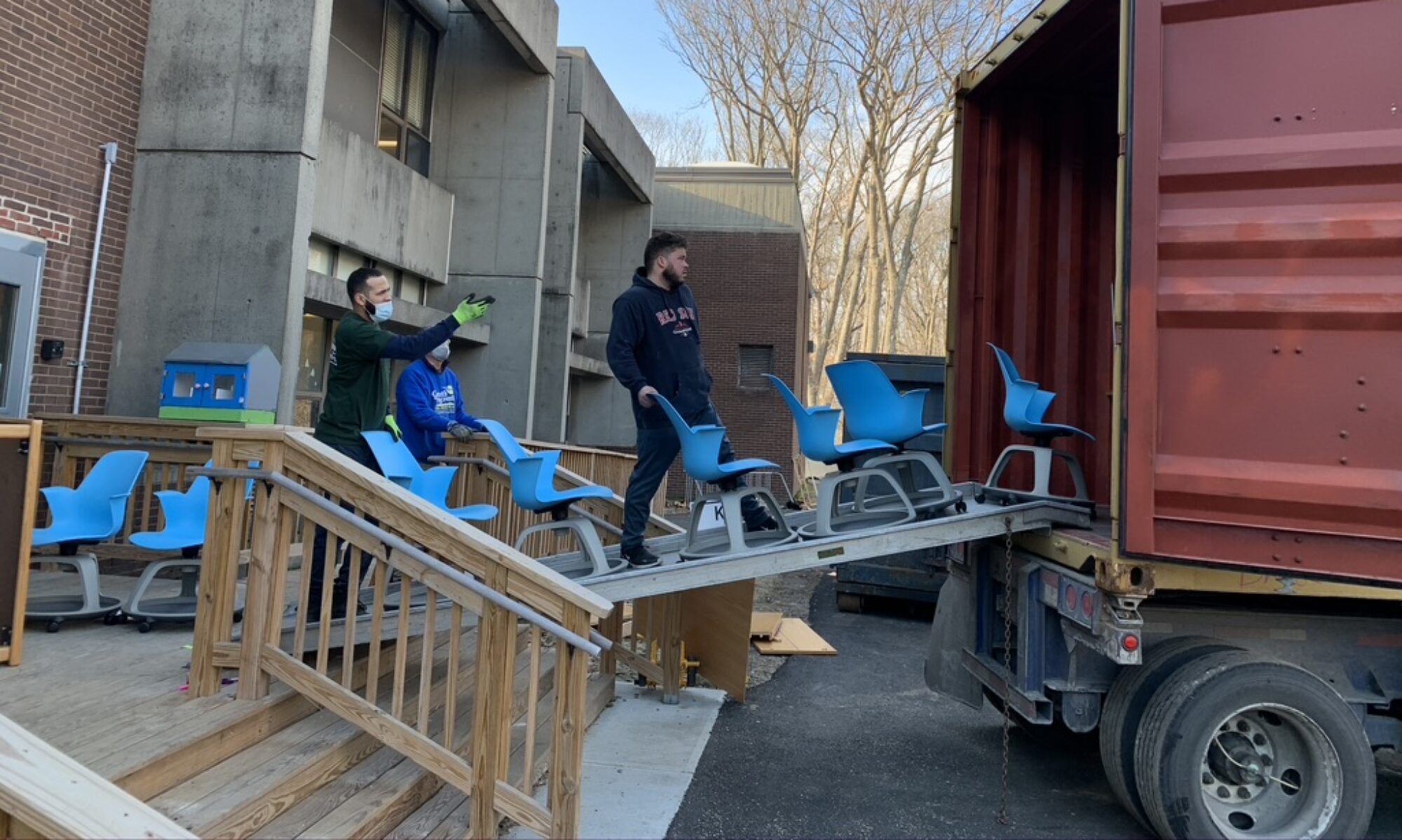Fire up the Wayback Machine. If you don’t remember the Wayback Machine, then you can probably stop reading this anyway.
The Wayback Machine belonged to Mr. Peabody. Actually I’m pretty sure he invented it. Mr. Peabody was a white dog who wore black eyeglasses. And a clip-on bow tie. It had to be a clip-on because he wasn’t wearing any clothes. He talked and acted like a professor, and he hung out with a sort of dumb kid with a high voice called Sherman. Some question of history would come up, and Mr. Peabody and Sherman would get into the Wayback Machine, and go back and check it out. Not only would they check it out, they would fix it. Like George Washington would be about to plant a cherry tree, and Mr. Peabody would suggest maybe he should cut it down instead. Or Charles Lindbergh was about to fly to New Jersey, and Mr. Peabody would suggest France.
So, Wayback Machine, August 29, 1986. The Red Sox are up three and a half games over the Yankees, and they are slipping. Again. They’re twenty games over five hundred, but they started the month twenty games over five hundred. They’re going nowhere. The Yankees, the #$%*&^@ Yankees, are on their heels. Yet another Red Sox season is slipping away.
And then what happens? For the next three weeks the Sox go on a tear. By September 18th they’re ten games up and the season is basically over. They clinch on the 28th.
What happened in those three weeks? This is what happened: Bill Buckner stepped up and carried the Red Sox. In those three weeks when a lot of the Sox were flailing around, Bill Buckner batted .350 with a .425 on-base percentage. He struck out exactly twice. In eighteen games he had twenty-one RBIs, that’s a 189 RBI pace. Eight home runs, that’s a 72 HR pace. He was the guy, when the ship was sinking, who didn’t panic. He provided the lifeline and the other Sox grabbed on and pulled themselves together and went on to the World Series.
Where, as we all know, Billy Buck made an error in Game 6. Actually, it was Bill Buckner who made the error. Before that, he was Billy Buck, he was one of the guys. After that, and ever since, he turned into Bill Buckner, some foreigner interloper, some goomer wearing idiot black high-tops because he could barely walk, whose only place in Red Sox history is that he lost the World Series.
If that’s what you choose to remember. But no one loses the World Series. No one lost the World Series. Baseball is a team game. McNamara pulled Clemens. Schiraldi couldn’t close out the Mets. Gary Carter refused to go down. Ditto Kevin Mitchell. Ditto Ray Knight. Bob Stanley made a wild-pitch; Rich Gedman didn’t catch it. The Sox didn’t get it done in Game 7. Team game.
In August, when the team called the Red Sox were foundering, Bill Buckner carried the team.
What does this have to do with recycling? Darned if I know. Somewhere the subject of Bill Buckner came up, and what I remember about Billy Buck is all those days and nights in August and September when you were biting your fingernails down to nothing because the Sox were choking AGAIN, and it was Billy Buck who came up with the hits that kept the team running, and eventually they ran away with it. Team game, team player.
Maybe that’s what it has to do with recycling, and with protecting the environment in general. Team game. We’re all pointed toward the same goals: keep usable stuff from being thrown away; make some money, save some money; keep resources in the economy. It’s a tough game; there are always Yankees with a better deal that’s not really a deal or a budget hammer or an easier way out. If we think we’re in it for ourselves, maybe we’ll start taking those deals. But if we keep on pulling toward the same goals, if we remember it’s a team game, we’ll get there, we’ll beat the damn Yankees.
Sometimes we’ll get it right: Billy Buck in August. Sometimes we’ll screw up: Bill Buckner, October 25. But it’s a team game. Remember that, and we all get ahead
